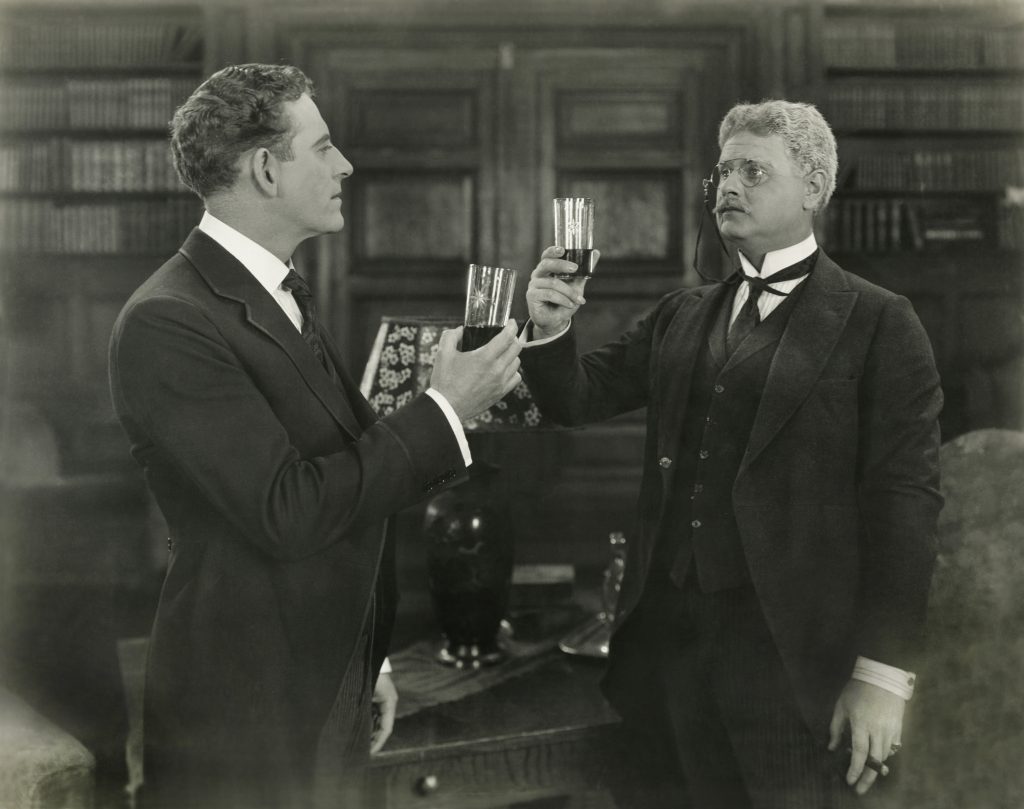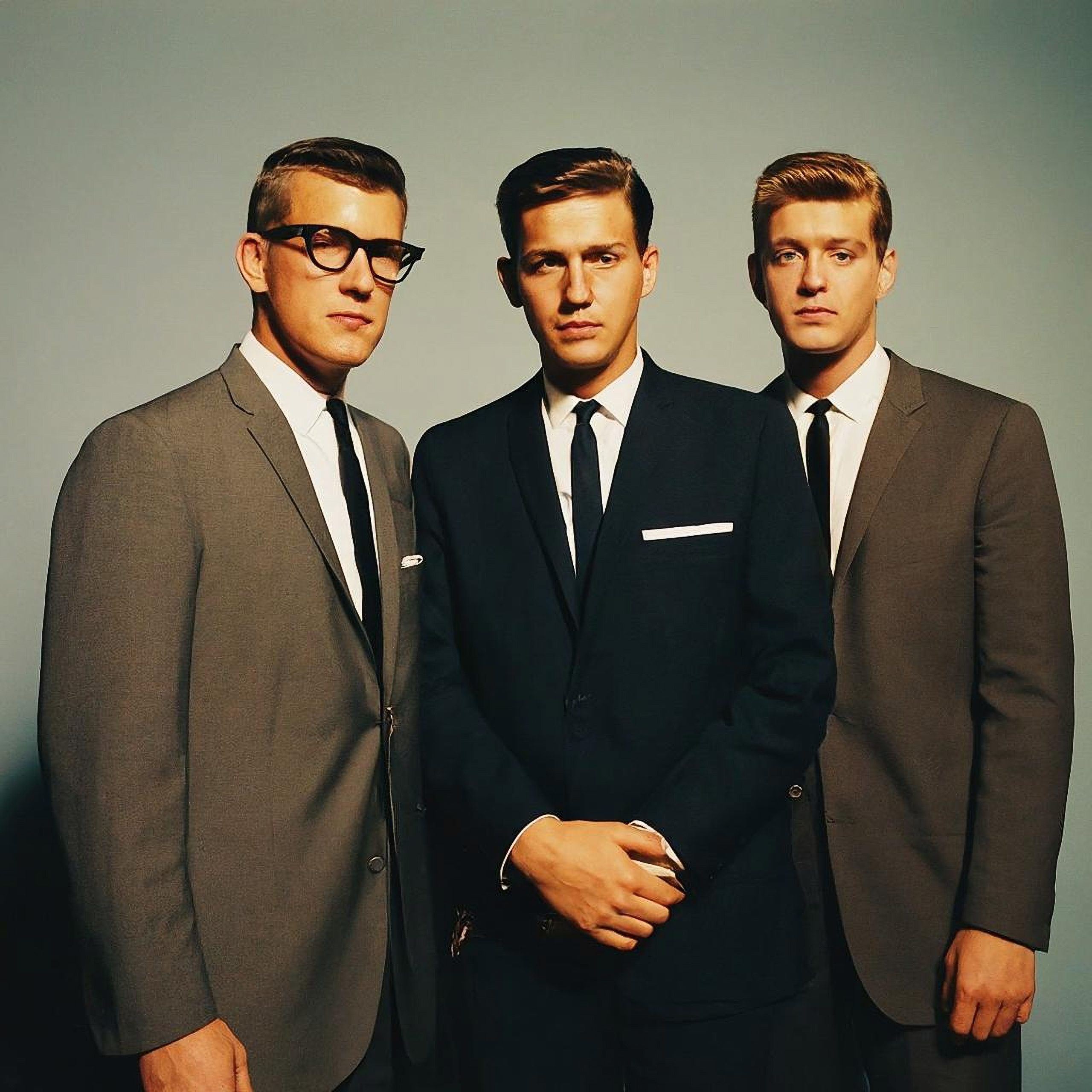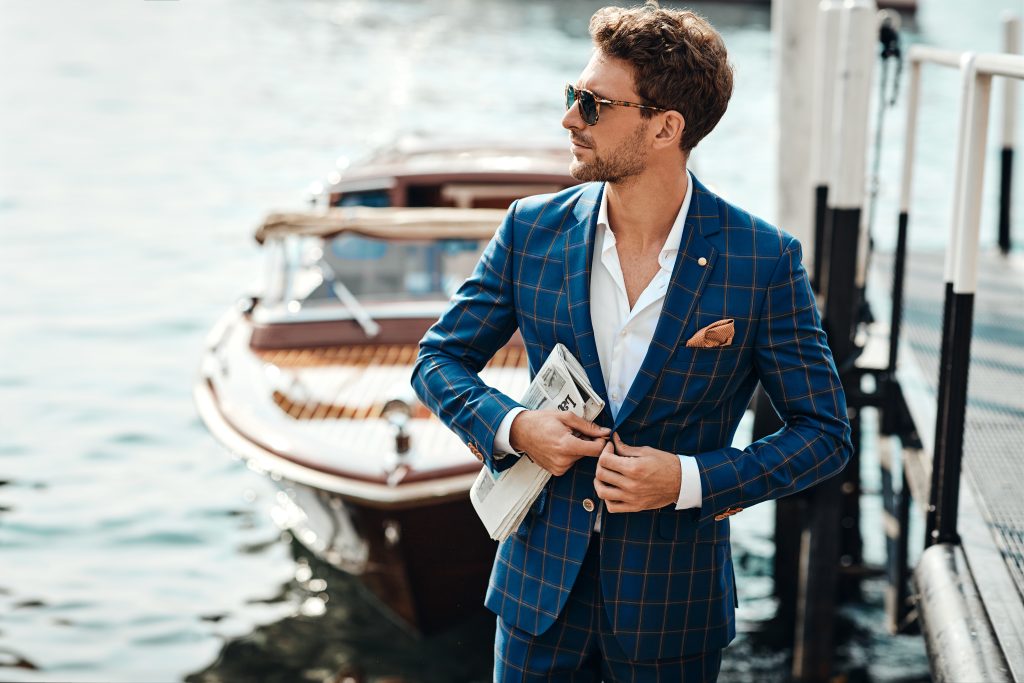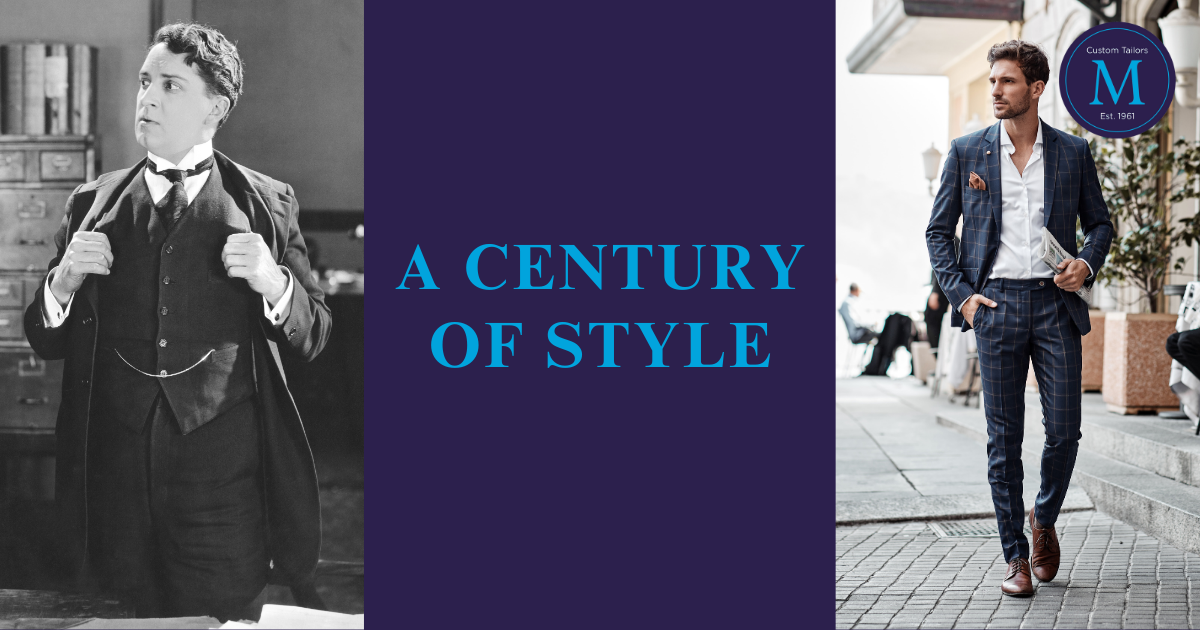How the suit has evolved over the past 100 years

The suit has long been a sartorial staple for men, transcending eras and serving as a symbol of sophistication, power, and personal expression. However, the styles and silhouettes that have defined menswear over the past century have undergone a remarkable transformation. Let’s take a closer look at how men’s suit fashion has evolved since the 1920s.
The 1920s: Streamlined Elegance
In the Roaring Twenties, the suit jacket took on a more streamlined, slightly boxy silhouette, often featuring narrow lapels and a nipped-in waist. Trousers became narrower as well, creating a sleek, urban aesthetic that reflected the era’s fast-paced, modernist sensibilities. Subtle patterns like pinstripes and windowpanes were popular, while colors tended toward muted tones like charcoal, navy, and brown.

The 1930s-40s: Broader Shoulders, Tapered Waists
As the decades progressed, men’s suits adopted a more structured, broad-shouldered look, with padded shoulders and a tapered waist creating a distinctive “V-shaped” profile. This bulkier, more athletic silhouette was often paired with pleated, high-rise trousers. The palettes also expanded, with bold colors and patterns like chalk stripes and houndstooth becoming fashionable.
The 1950s-60s: Slim, Trim, and Tailored
In the post-war era, men’s suits took on a slimmer, more tailored appearance. Jackets featured a close-cut, trim fit, with narrow lapels and a nipped-in waist. Trousers also became slimmer, hitting at the natural waist. This more streamlined aesthetic reflected the era’s emphasis on youthful, mod style.

The 1970s-80s: Oversized and Experimental
The 1970s and 80s brought a sea change in men’s suiting, with oversized, boxy jackets, wide lapels, and flared, high-waisted trousers becoming the norm. This exaggerated, almost cartoonish silhouette was often paired with bold colors, loud patterns, and experimental details like wide, notched lapels.
The 1990s-2000s: Return to Minimalism
As the new millennium approached, menswear once again gravitated toward a more minimalist, tailored aesthetic. Suits featured slim, single-breasted jackets with narrow lapels, paired with slim-cut, flat-front trousers. Neutral tones like charcoal, navy, and black became the dominant palette, with patterns falling out of favor.


